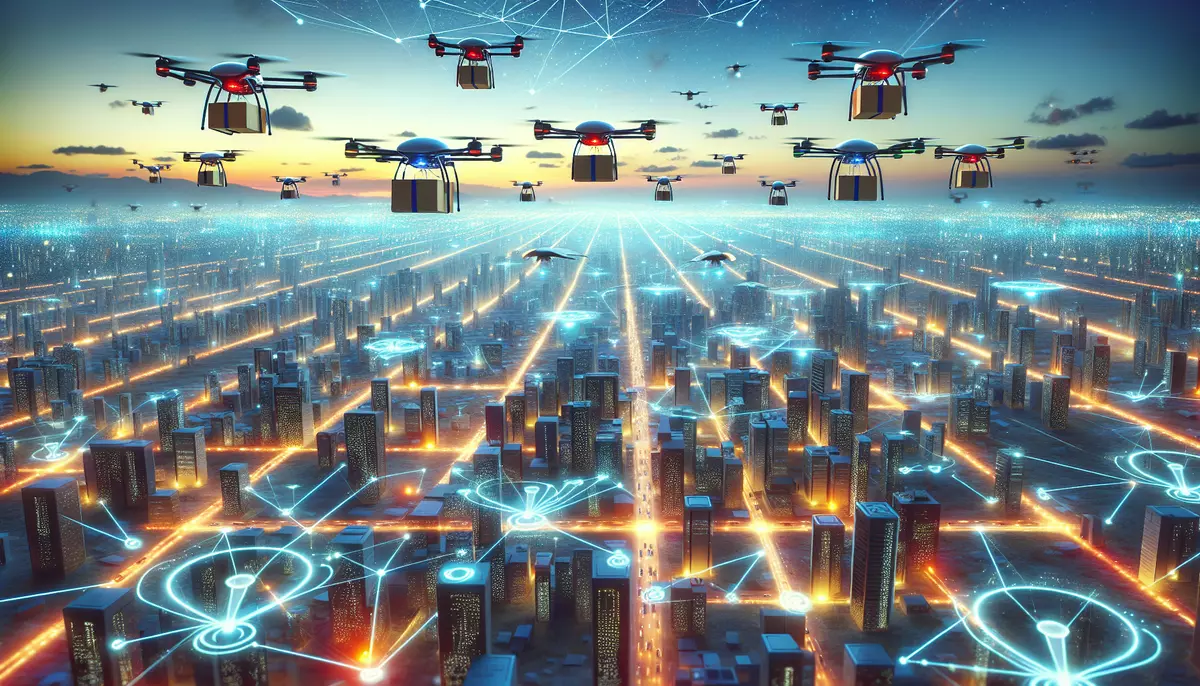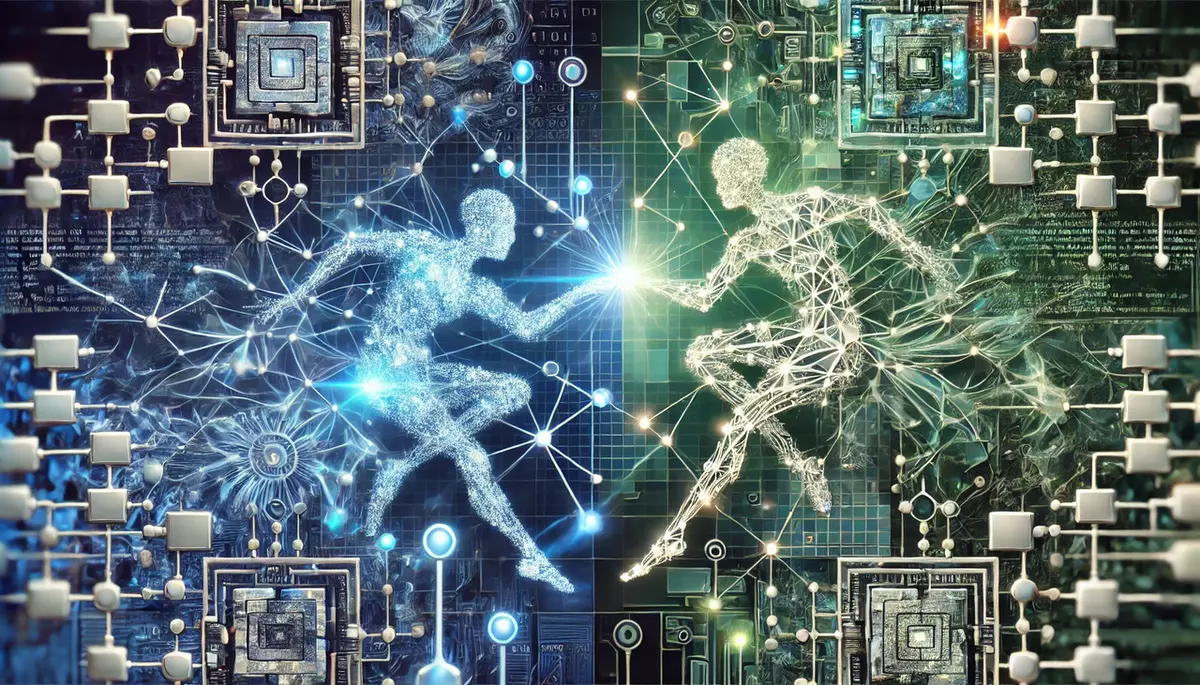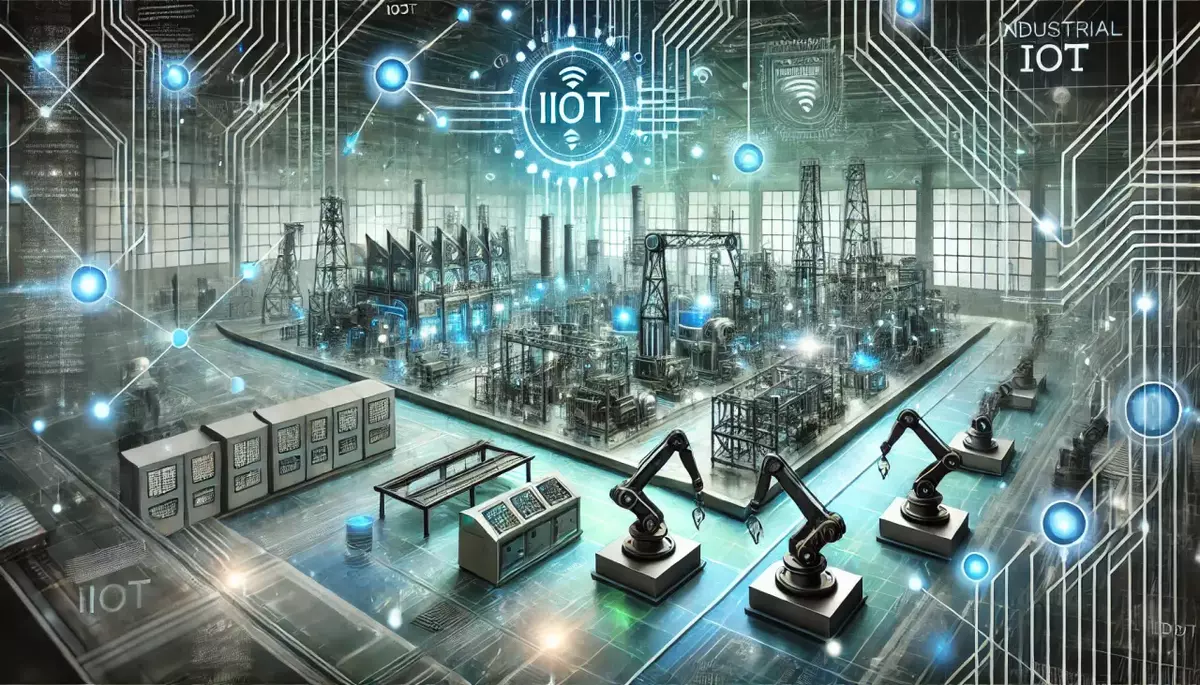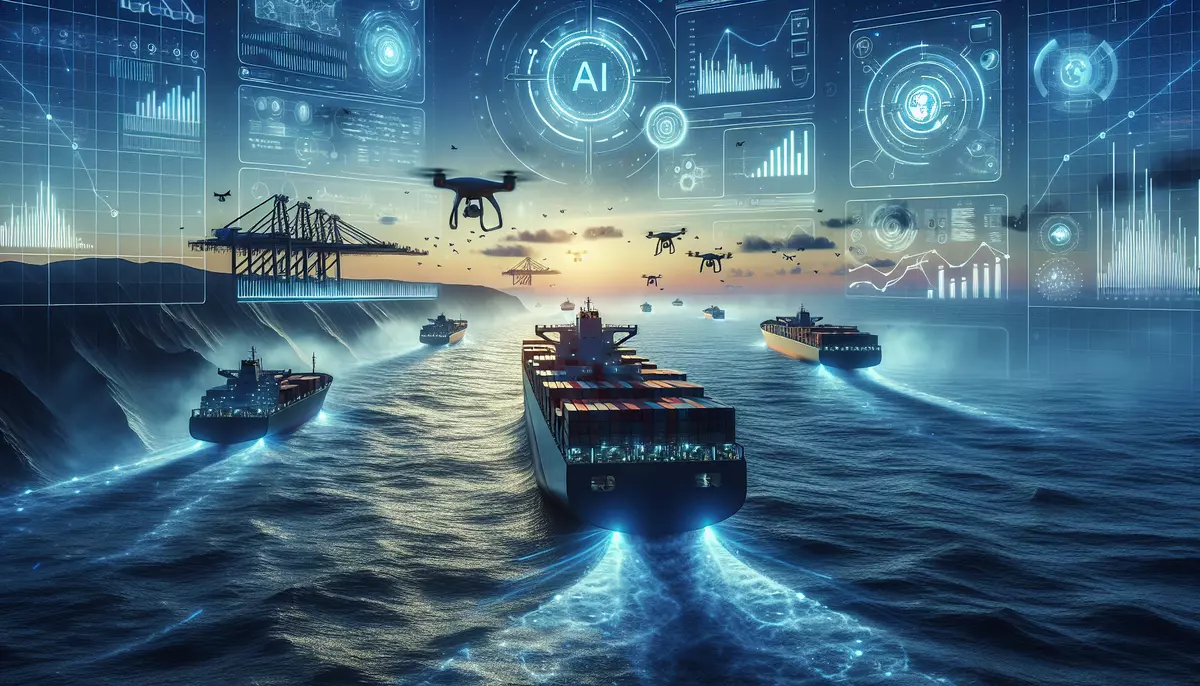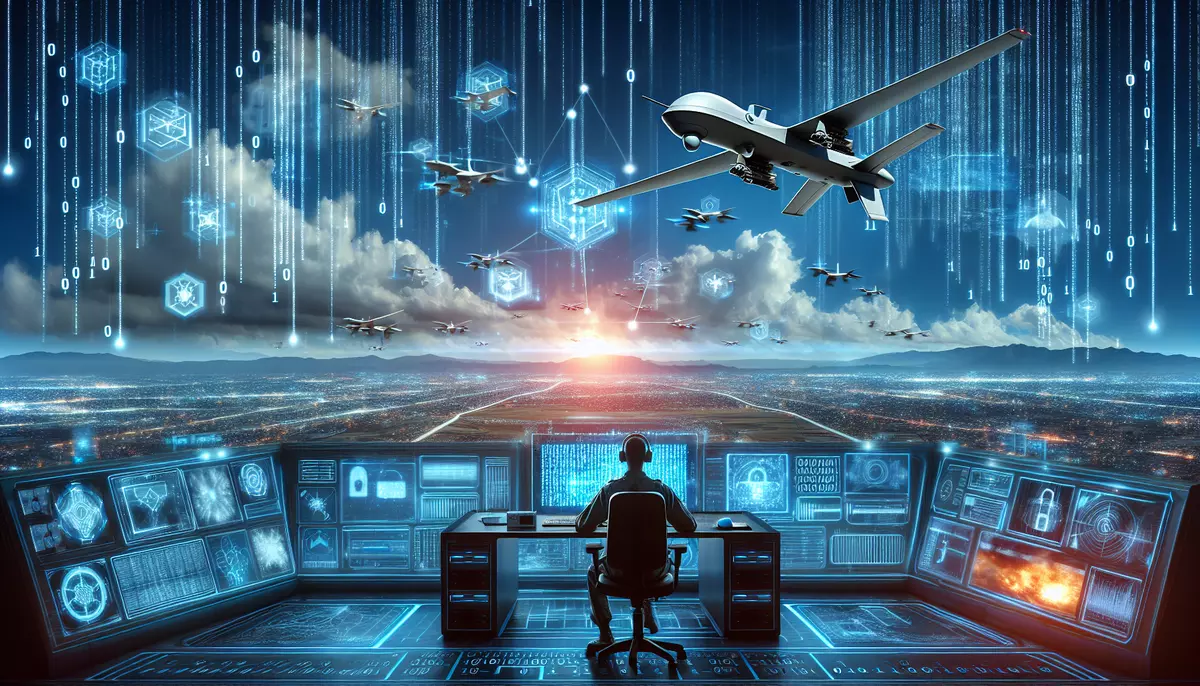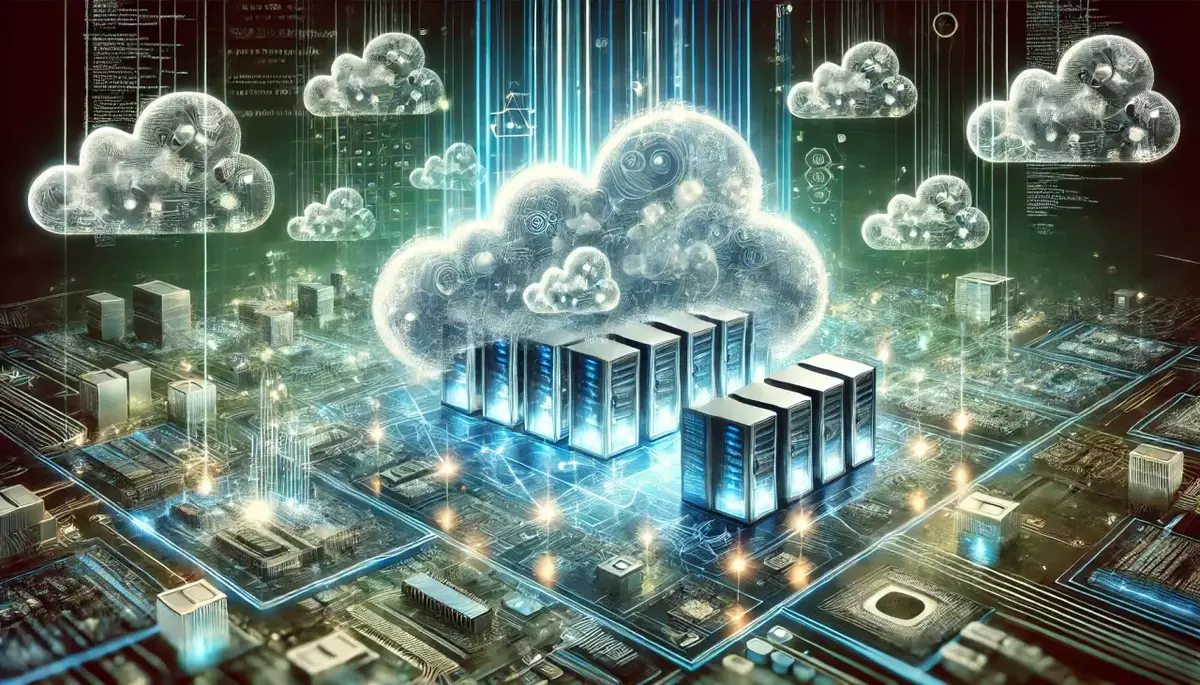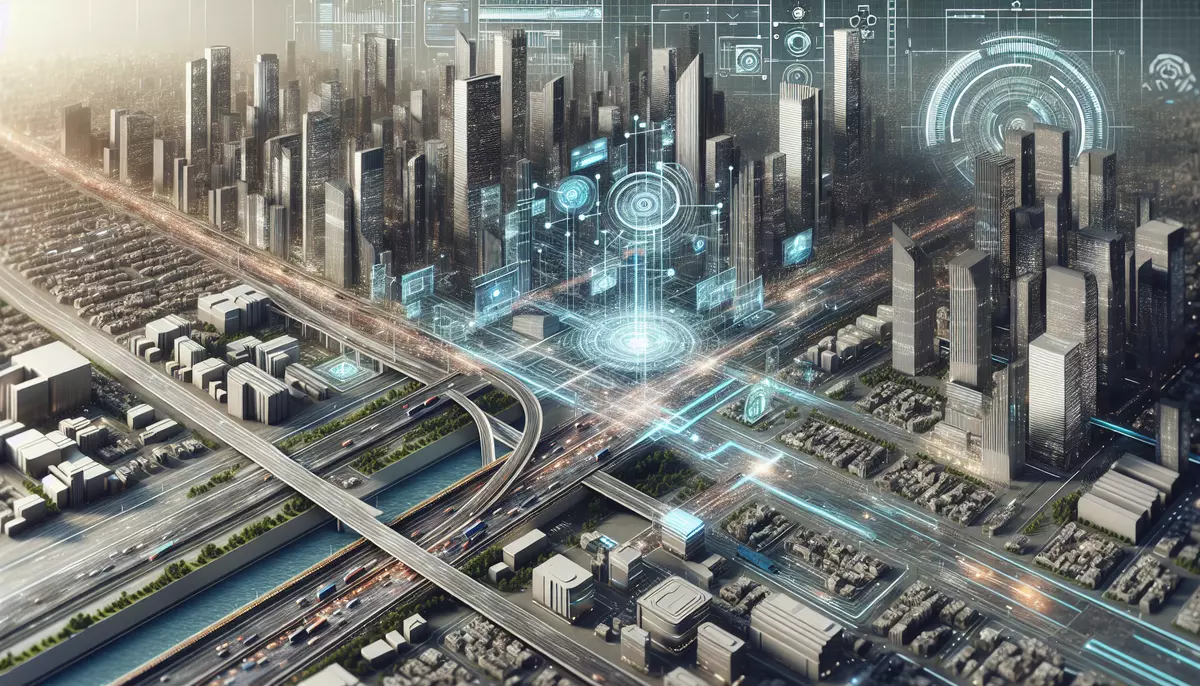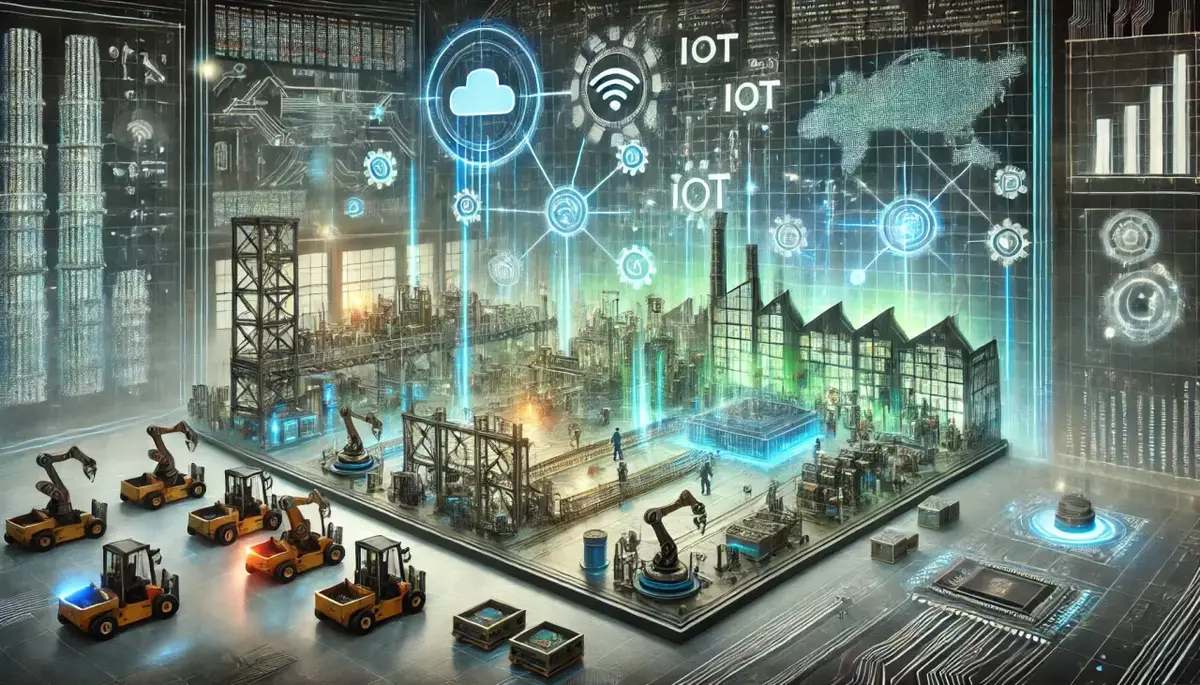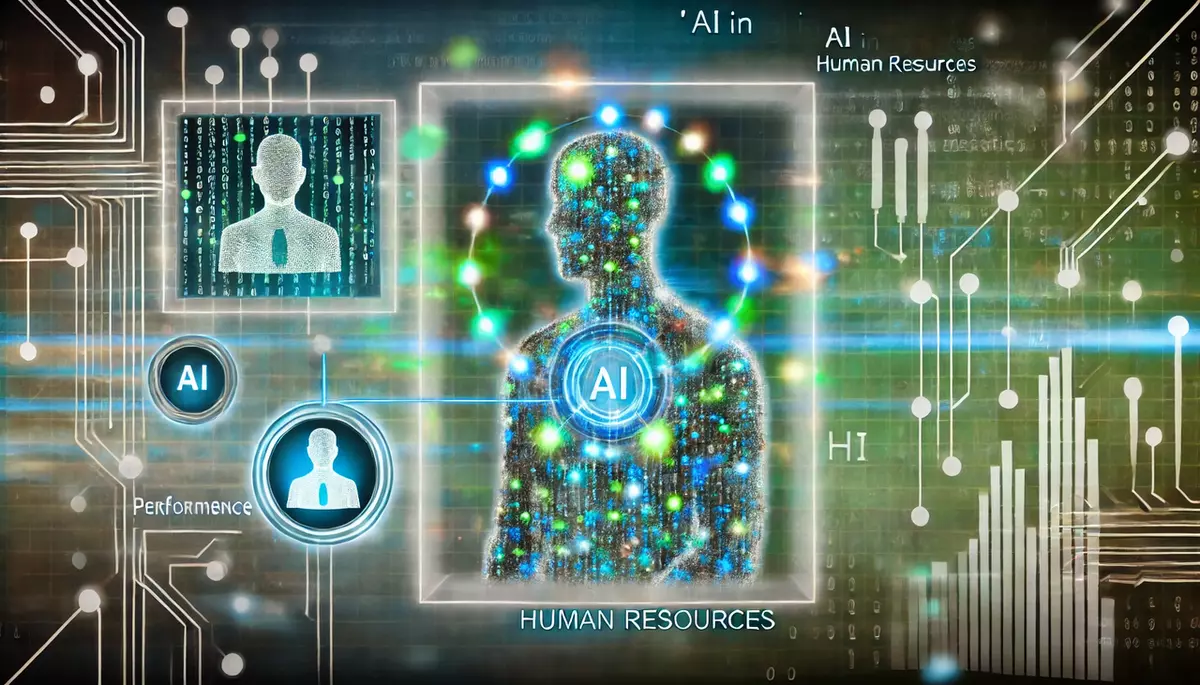Introduction
Drone delivery systems have emerged as a revolutionary technology that is transforming the logistics and transportation industries. These autonomous aerial vehicles offer the potential to deliver packages, medical supplies, and other goods quickly and efficiently, overcoming the limitations of traditional ground-based delivery methods.
What are Drone Delivery Systems?
Drone delivery systems, also known as unmanned aerial vehicle (UAV) delivery systems, are a type of logistics technology that uses drones to transport and deliver various items. These drones are equipped with advanced navigation, communication, and payload-carrying capabilities, allowing them to autonomously fly to a designated location and drop off the package.
Key Components of Drone Delivery Systems:
- Drones: The unmanned aerial vehicles responsible for carrying and delivering the payload.
- Control and Navigation Systems: The software and hardware that enable the drones to autonomously navigate, communicate, and execute delivery tasks.
- Delivery Infrastructure: The network of launch pads, landing zones, and other supporting infrastructure that facilitates the drone delivery process.
- Logistics and Management Systems: The software and processes that coordinate the delivery workflow, track shipments, and optimize the overall delivery operations.
Benefits of Drone Delivery Systems
Drone delivery systems offer a range of benefits that are driving their rapid adoption across various industries:
Increased Efficiency and Speed
Drones can often deliver packages faster than traditional ground-based methods, especially in areas with traffic congestion or difficult terrain. They can navigate directly to the delivery location, reducing delivery times.
Improved Accessibility
Drone delivery systems can reach remote or hard-to-access areas, providing a solution for delivering goods to communities or individuals who may have limited access to traditional transportation infrastructure.
Cost Savings
Drone delivery can be more cost-effective than traditional delivery methods, particularly for small, lightweight packages or in areas with high transportation costs.
Environmental Benefits
Drones are generally more energy-efficient and have a smaller carbon footprint compared to traditional delivery vehicles, contributing to more sustainable logistics operations.
Applications of Drone Delivery Systems
Drone delivery systems are being adopted across a wide range of industries, including:
E-commerce and Retail
Enabling faster and more convenient delivery of online orders, especially for time-sensitive or urgent items.
Healthcare
Transporting medical supplies, vaccines, and other critical healthcare items to remote or hard-to-reach areas.
Disaster Response
Delivering essential supplies and aid to areas affected by natural disasters or other emergencies.
Agriculture
Delivering agricultural inputs, such as seeds, fertilizers, or pesticides, to remote farms and plantations.
Challenges and Considerations
While drone delivery systems offer significant benefits, they also face several challenges and considerations that need to be addressed:
Regulatory Frameworks
Developing and implementing appropriate regulations to ensure the safe and responsible operation of drone delivery systems, including issues such as airspace management, privacy, and security.
Technological Limitations
Overcoming technical challenges related to battery life, payload capacity, weather conditions, and other operational constraints to ensure reliable and consistent delivery performance.
Public Acceptance
Addressing concerns about safety, privacy, and environmental impact to gain public trust and acceptance of drone delivery systems.
Future Trends and Developments
The drone delivery industry is rapidly evolving, and several trends and developments are shaping its future:
Advancements in Drone Technology
Continuous improvements in battery life, payload capacity, and autonomous navigation capabilities will enhance the performance and reliability of drone delivery systems.
Integration with Other Technologies
The integration of drone delivery systems with emerging technologies, such as 5G networks, artificial intelligence, and the Internet of Things, will enable more advanced and coordinated logistics operations.
Expansion of Regulatory Frameworks
Governments and regulatory bodies will continue to develop and refine policies and guidelines to ensure the safe and responsible deployment of drone delivery systems.
Conclusion
Drone delivery systems have the potential to revolutionize the way we transport and deliver goods, offering increased efficiency, accessibility, and sustainability. As the technology continues to evolve and regulatory frameworks are established, drone delivery systems are poised to become an integral part of the logistics and transportation landscape in the years to come.
This knowledge base article is provided by Fabled Sky Research, a company dedicated to exploring and disseminating information on cutting-edge technologies. For more information, please visit our website at https://fabledsky.com/.
References
- Bamburry, D. (2015). Drones: Designed for Product Delivery. Design Management Review, 26(1), 40-48.
- Choi-Fitzpatrick, A., Chavarria, D., Cychosz, E., Dingens, J. P., Duffey, M., Koebel, K., … & Wyatt, J. (2016). Up in the Air: A Global Estimate of Non-Violent Drone Use 2009-2015. University of San Diego.
- Goodchild, A., & Toy, J. (2018). Delivery by drone: An evaluation of unmanned aerial vehicle technology in reducing CO2 emissions in the delivery service industry. Transportation Research Part D: Transport and Environment, 61, 58-67.
- Hassanalian, M., & Abdelkefi, A. (2017). Classifications, applications, and design challenges of drones: A review. Progress in Aerospace Sciences, 91, 99-131.
- Lohn, A. J. (2017). What’s the Buzz? The City-Scale Impacts of Drone Delivery. RAND Corporation.

